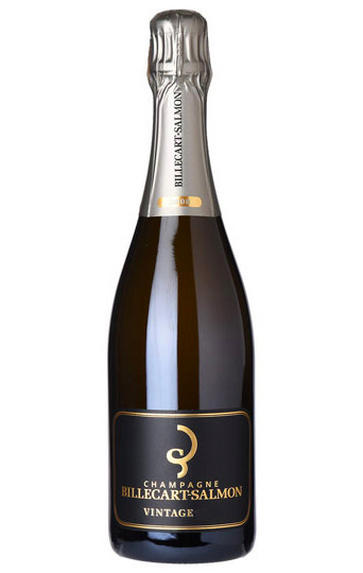
2009 Champagne Billecart-Salmon, Brut
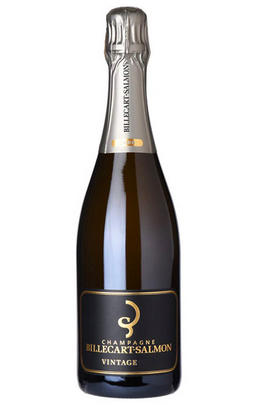
Critics reviews
The 2009 Vintage is another stellar wine in this range from Billecart-Salmon. This is the first time the Vintage includes Meunier in the blend. That approach has worked out so well here.
Resonant and generous, the 2009 is so expressive today. The low dosage of two grams per liter is expertly judged. The 2009 is rich, but not heavy, while offering all of the natural generosity of the year.
Drink 2022 - 2034
Antonio Galloni, Vinous.com (August 2021)
73% grands and premiers crus. 40% Pinot Noir, 33% Chardonnay, 27% Pinot Meunier. Dosage 2 g/l, Date of disgorgement not specified.
Pure and limpid but perhaps without the depth of a great champagne. Very much on the dry side. For a wine from the luscious 2009 vintage this is quite taut and demanding!
Drink 2020 - 2025
Jancis Robinson MW, JancisRobinson.com (March 2021)
Disgorged with two grams per liter dosage, Billecart-Salmon's 2009 Extra Brut Vintage is more giving and demonstrative than its 2008 counterpart, offering up inviting aromas of crisp stone fruit, yellow apple, brioche, honeycomb and warm pastry.
Medium to full-bodied, fleshy and enveloping, with a pillowy mousse and a generous core of fruit girdled by bright acids, it's seamless and complete. Indeed, such is its charm and persistence that I tend to prefer it, at least for now, to the 2008.
Drink 2021 - 2045
William Kelley, Wine Advocate (September 2021)
This is a big, rich wine with lots of strawberry and red-apple character. It’s full and layered with very pretty fruit. Caressing and fresh at the same time. A bit ponderous. 40% pinot noir, 27% pinot meunier and the rest chardonnay. First time with pinot meunier in the blend, helping to maintain balance in the hot 2009 vintage. Drink or hold.
James Suckling, jamessuckling.com (Dec 2020)
About this WINE
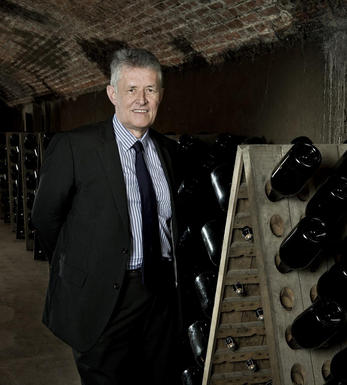
Champagne Billecart-Salmon
Champagne Billecart-Salmon was founded in 1818 in the village of Mareuil-sur-Aÿ near Epernay. It remains family-owned and run; Mathieu Roland-Billecart represents the seventh generation here, following in the footsteps of founders Nicolas-François Billecart and Elisabeth Salmon.
A family tasting committee meets weekly, joined by chef du cave Florent Nys. The eight-person panel includes three generations of the family, notably including Jean Roland-Billecart (who alone has over 75 vintages of experience). Not one cuvée is released until every member of the committee agrees on the blend.
Billecart-Salmon is a large Champagne House, with around 100 hectares of vines of its own. The process of organic conversion for the vineyards was started in 2019. The house also buys fruit from growers covering another 300 hectares of vines. Most of the fruit comes from the Champagne sub-regions of Montagne de Reims, Vallée de la Marne and Côte des Blancs.
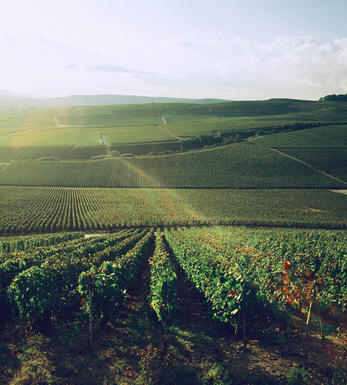
Rosé Champagne
Rosé wines are produced by leaving the juice of red grapes to macerate on their skins for a brief time to extract pigments (natural colourings). However, Rosé Champagne is notable in that it is produced by the addition of a small percentage of red wine – usually Pinot Noir from the village of Bouzy – during blending.
Recommended Producers : Billecart Salmon (Elizabeth Salmon Rose), Ruinart
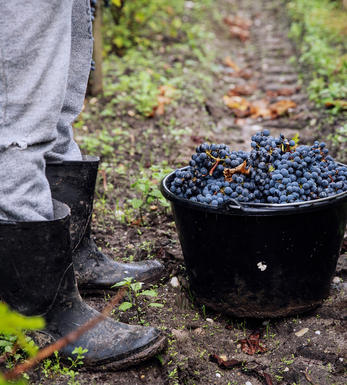
Champagne blend
Which grapes are included in the blend, and their proportion, is one of the key factors determining the style of most Champagnes. Three grapes are used - Pinot Noir, Chardonnay and Pinot Meunier.
26% of vineyards in Champagne are planted with Chardonnay and it performs best on the Côtes des Blancs and on the chalk slopes south of Epernay. It is relatively simple to grow, although it buds early and thus is susceptible to spring frosts. It produces lighter, fresher wines than those from Burgundy and gives finesse, fruit and elegance to the final blend. It is the sole grape in Blancs de Blancs, which are some of the richest long-lived Champagnes produced.
Pinot Noir accounts for nearly 40% of the plantings in Champagne and lies at the heart of most blends - it gives Champagne its body, structure, strength and grip. It is planted across Champagne and particularly so in the southern Aube district.
The final component is Pinot Meunier and this constitutes nearly 35% of the plantings. Its durability and resistance to spring frosts make the Marne Valley, a notorious frost pocket, its natural home. It ripens well in poor years and produces a soft, fruity style of wine that is ideal for blending with the more assertive flavours of Pinot Noir. Producers allege that Pinot Meunier lacks ageing potential, but this does not deter Krug from including around 15% of it in their final blends.


Buying options
Add to wishlist
Description
The 2009 Vintage is another stellar wine in this range from Billecart-Salmon. This is the first time the Vintage includes Meunier in the blend. That approach has worked out so well here.
Resonant and generous, the 2009 is so expressive today. The low dosage of two grams per liter is expertly judged. The 2009 is rich, but not heavy, while offering all of the natural generosity of the year.
Drink 2022 - 2034
Antonio Galloni, Vinous.com (August 2021)
wine at a glance
Delivery and quality guarantee